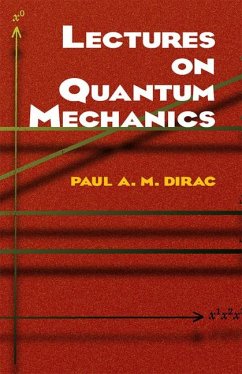Four concise, brilliant lectures on mathematical methods in quantum mechanics from Nobel Prizeâ winning quantum pioneer build on idea of visualizing quantum theory through the use of classical mechanics.
Hinweis: Dieser Artikel kann nur an eine deutsche Lieferadresse ausgeliefert werden.
Hinweis: Dieser Artikel kann nur an eine deutsche Lieferadresse ausgeliefert werden.








